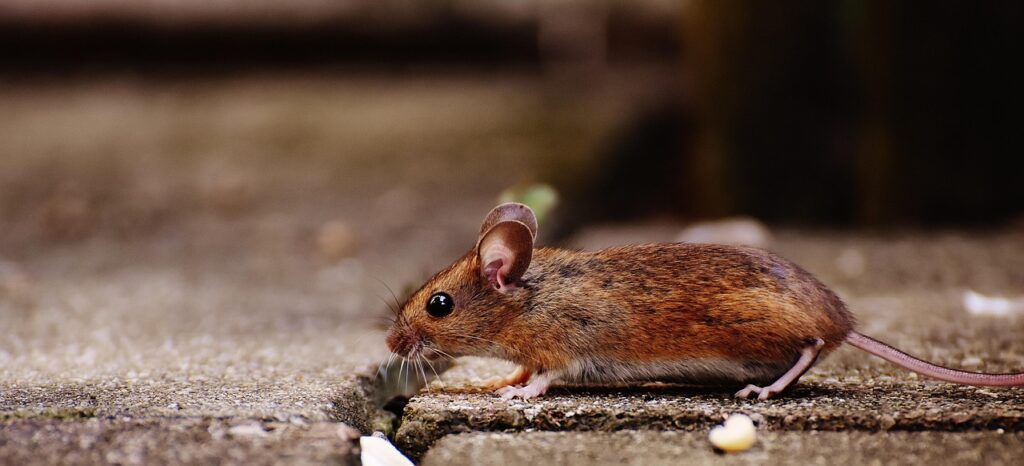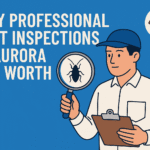Mice are small but persistent pests that can cause big problems if they find their way into your home’s ductwork. These little rodents don’t just make themselves comfortable in your living space—they often use duct systems as hidden highways to move around undetected. If left unchecked, mice in your ductwork can lead to health hazards, unpleasant smells, and even structural damage.
If you suspect you might have mice in your ductwork, it’s important to recognise the signs early so you can take action before the problem escalates. This article will guide you through the common indicators that mice have invaded your ducts, and what steps you can take to deal with them.
Why Do Mice Like Ductwork?
Before we dive into the signs, it’s helpful to understand why mice target ductwork. Ducts provide dark, sheltered, and warm passageways that mice find ideal for nesting and travelling. The narrow spaces keep them out of sight from humans and many predators, and the air vents provide easy access to different parts of your home. Mice also chew through ducts to widen holes or create nests using insulation materials.
Knowing this, it’s no surprise that ductwork infestations can be tricky to spot. But there are clear clues you can watch out for.
YOU MIGHT ALSO LIKE:
Mice Repellent: Why They Don’t Always Work
Common Signs Mice Are in Your Ductwork
1. Strange Noises from Your Vents
One of the most noticeable signs of mice in your ductwork is unusual sounds coming from your air vents. These noises typically occur during the early morning or late evening when mice are most active. Listen for scratching, scampering, or squeaking sounds inside the vents or walls. These noises suggest mice are moving through the ducts, gnawing on materials, or communicating with each other.
If you hear persistent noises, especially at night, it’s a strong indication of rodent activity.
2. Unpleasant Odours
Mice produce a distinct musty, ammonia-like smell from their urine and droppings. When mice are present in ductwork, these odours can circulate throughout your home via your heating and cooling system. You might notice a persistent, foul smell that seems to come from your vents or air conditioning.
If the smell worsens over time and cleaning doesn’t help, this is a red flag that mice could be nesting inside your ducts.
3. Visible Droppings Near Air Vents
Mice leave behind small, dark droppings about the size of a grain of rice. You might find these near air registers, vents, or ducts in areas like basements, utility rooms, or attics. These droppings are not just unsightly—they can carry bacteria and viruses harmful to humans.
Regular inspection around your vents for droppings can help you catch an infestation early.
4. Damaged or Chewed Ducts
Mice have strong teeth that continuously grow, so they gnaw on almost anything to keep their teeth trimmed. Inspect visible ductwork for signs of chewing, holes, or damage. You might find small bite marks or insulation pulled apart to build nests.
Damage to ducts not only provides more entry points for mice but can also reduce your heating or cooling system’s efficiency.
5. Increased Allergy or Respiratory Issues
Mice can carry allergens and pathogens that worsen respiratory conditions such as asthma or allergies. Their urine and droppings can circulate through your duct system and trigger symptoms like sneezing, coughing, or irritation.
If family members suddenly experience unexplained respiratory problems that improve when leaving the home, this might be linked to a rodent infestation in the ducts.
6. Nesting Materials Near Vents or Ducts
Mice build nests using soft materials such as shredded paper, fabric, or insulation. Check around vents, duct openings, or nearby crawl spaces for piles of nesting material. If you find shredded fibres or other unusual debris near your duct system, it’s a good sign mice have set up home nearby.
7. Rodent Sightings Around Your Home
If you’ve spotted mice inside your house or near external vent openings, there’s a high chance they have access to your ductwork. Mice often enter ducts from outdoor vents or small cracks and gaps in the building structure.
Seeing mice in or near your home is a clear warning to investigate your ductwork immediately.
What to Do If You Suspect Mice in Your Ductwork
Conduct a Thorough Inspection
Start by examining all accessible duct openings, vents, and visible ductwork for signs mentioned above. Use a flashlight to inspect dark areas carefully. If you find droppings, damage, or nests, it’s time to take action.
Seal Entry Points
Look for gaps, cracks, or holes in your building’s exterior walls, vents, or ductwork. Use metal mesh or specialised sealants to close these entry points and prevent more mice from entering.
Clean and Disinfect
If you find mouse droppings or nesting materials, wear protective gloves and a mask while cleaning. Use disinfectants to reduce the risk of disease transmission. Cleaning the affected duct sections can help improve air quality and reduce odours.
Call Pest Control Professionals
Mice infestations in ductwork can be challenging to eliminate without professional help. Experienced pest controllers can inspect hard-to-reach areas, set appropriate traps, and recommend treatments that are safe for your family and pets.
Professional services can also advise on duct cleaning and repair if necessary.
Maintain Preventative Measures
Once the mice are removed, keep your home well-maintained to prevent reinfestation. Regularly inspect your ducts and vents, keep food sealed, and manage rubbish properly.
Conclusion
Mice in your ductwork aren’t just an inconvenience—they can pose serious health risks and damage your home’s heating and cooling system. By recognising the signs early, such as unusual noises, foul odours, droppings, or duct damage, you can take prompt action to remove these unwelcome pests.
If you suspect mice in your ducts, don’t hesitate to call professional pest control services. Acting quickly ensures your home stays safe, clean, and comfortable for you and your family.







